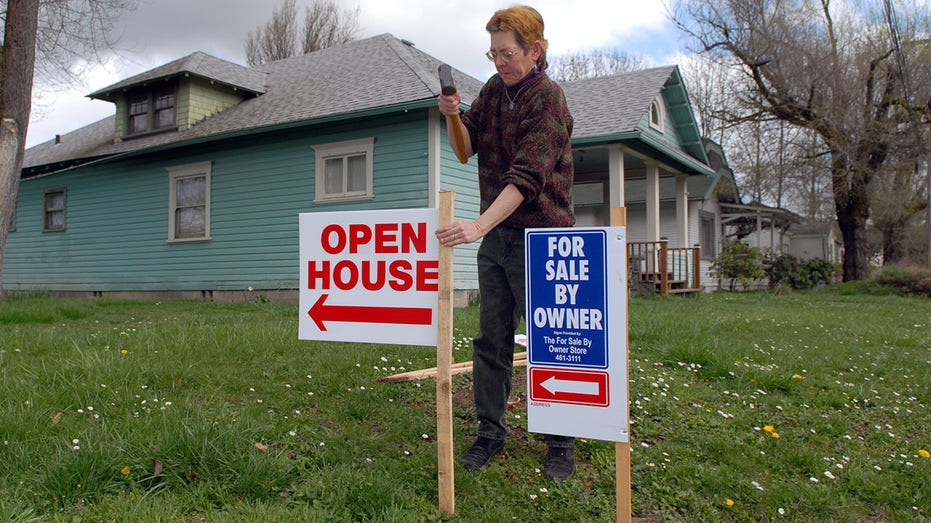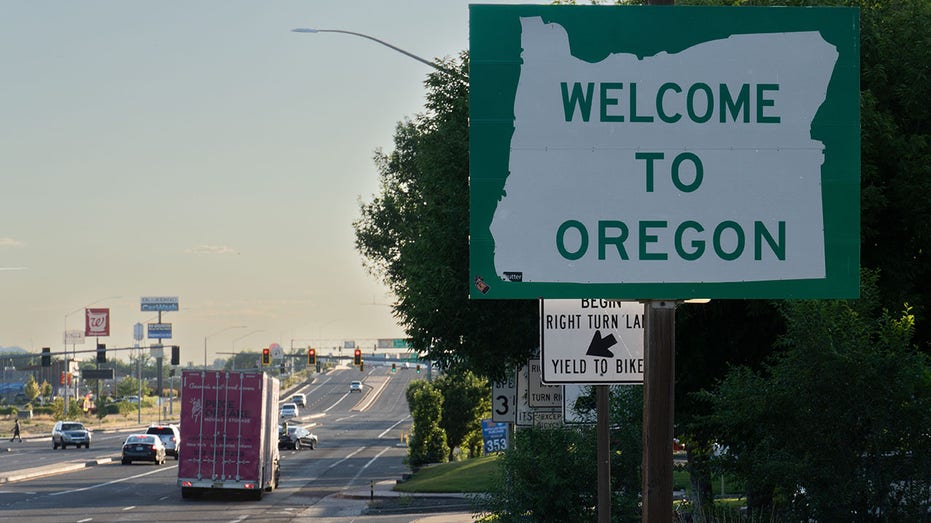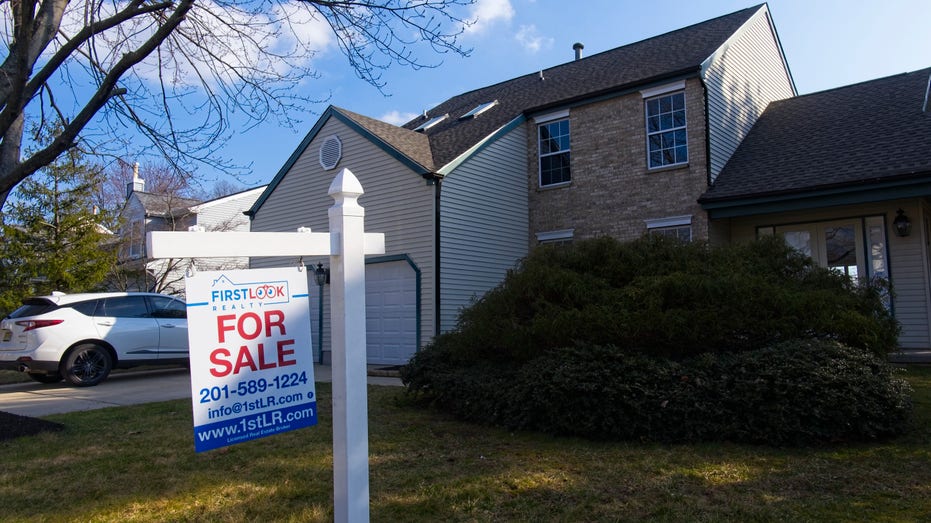Americans are moving to this state more than any other, a study shows
Tech and healthcare job opportunities drive 65% of moves into Oregon as economic headwinds reshape migration patterns
Economic headwinds, particularly in the job market, have driven a "fundamental shift in American migration patterns," according to United Van Lines’ 49th Annual National Movers Study.
The study, published last week, showed that there is still population movement from colder North and Midwest regions to the warmer South and West regions.
Oregon topped this year's list, having the highest percentage of inbound migration, with 65% being people moving into the state. The remaining 35% were people leaving, according to the data. Oregon became the most popular state for job-seeking migrants. About 36% of the relocations were people moving in for opportunities in growing tech and healthcare fields.
The Eugene-Springfield metro accounted for the most inbound moves. Springfield, specifically, offers a lower cost of living than other Oregon metro areas and is relatively close to both Eugene and Portland.
Migration patterns are primarily driven by the desire to be closer to family, followed by the job market, according to the report. However, aside from job opportunities, Realtor.com senior economist Joel Berner said a major trend among the states attracting the most inbound movers is affordability.

Migration patterns are primarily driven by the desire to be closer to family, followed by the job market, according to the report. (Ty Wright/Bloomberg via Getty Images)
"This is well-evidenced by the half-ring of top inbound states surrounding California while the Golden State registers as a top outbound one," Berner said.
He added that movers who are searching for an affordable cost of living combined with ample job opportunities are targeting growing states like Oregon and South Carolina, where homes are relatively affordable and job opportunities abound.
While Oregon is home to many high-paying tech jobs, Berner noted that South Carolina has emerged as a major manufacturing state.

Oregon is home to many high-paying tech jobs. (Marli Miller/UCG/Universal Images Group via Getty Images)
In comparison, more residents moved out of New Jersey than any other state for the eighth consecutive year. About 62% of moves tied to the state involved residents moving out. But about 21% of inbound moves to New Jersey were people aged 18-34, as the state is considered a "launch state" for younger families and those looking to start careers.

Open house at a home for sale in Evesham Township, New Jersey. (Fox News)
New Jersey, according to Berner, has seen stronger price growth compared to much of the rest of the nation. This can be enticing for older Americans who may be able to take advantage of the opportunity to sell their home for a high price and retire elsewhere, including in South Carolina.
It would help them avoid high mortgage and property tax payments, he added.
The states with the most inbound moves:
- Oregon
- West Virginia
- South Carolina
- Delaware
- Minnesota
- Idaho
- North Carolina
- Arkansas
- Alabama
- Nevada


